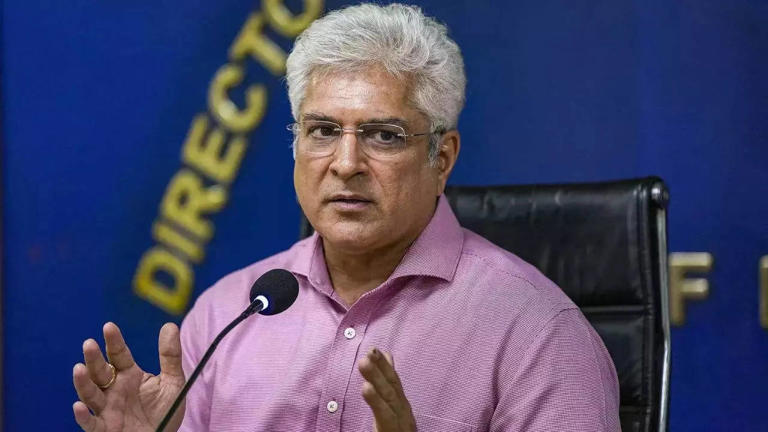Home / World / Why Were 104 Indian Immigrants Subjected to Shackling and Deportation by the U.S.? An Examination of U.S. Immigration Policies and Deportation Procedures
Why Were 104 Indian Immigrants Subjected to Shackling and Deportation by the U.S.? An Examination of U.S. Immigration Policies and Deportation Procedures
By: My India Times
5 minutes read 171Updated At: 2025-02-07
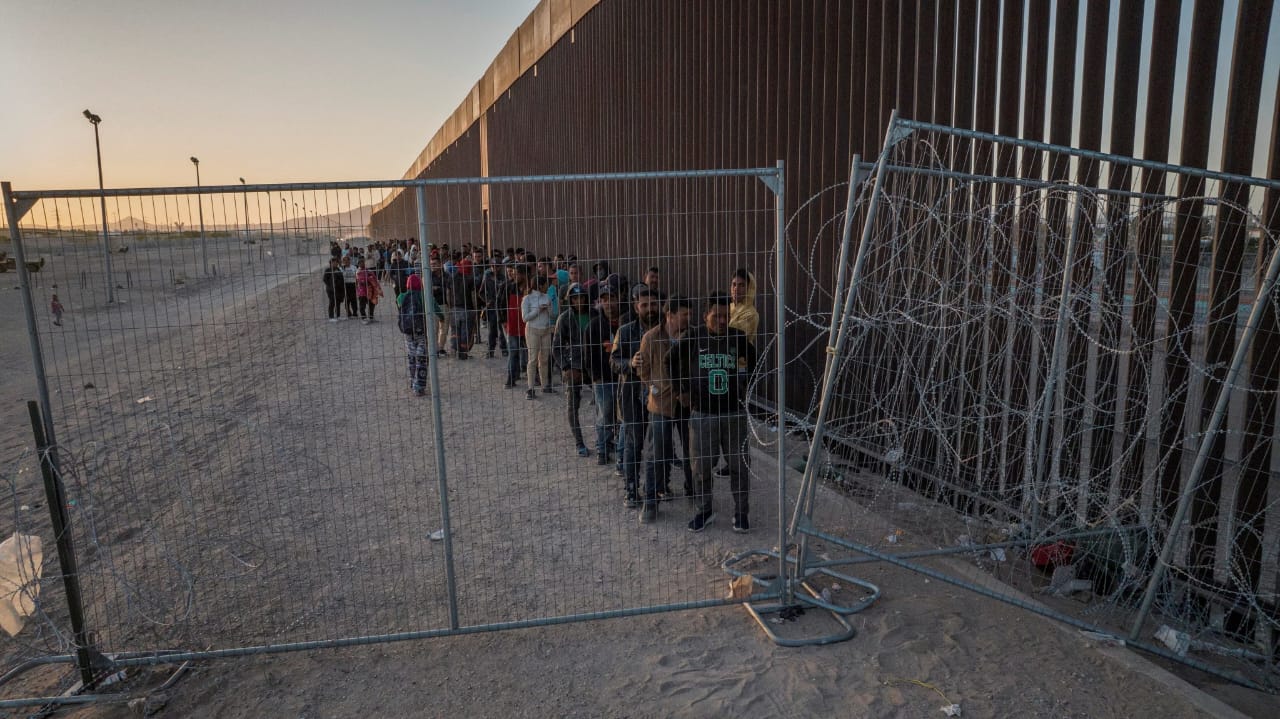
The recent deportation of 104 Indian nationals from the United States has ignited significant discussions worldwide, particularly following the circulation of videos depicting these individuals restrained in shackles and leg chains during their deportation. The visuals, which gained widespread attention on February 6, have raised serious concerns regarding the treatment of these individuals, many of whom were economic migrants, and whether their treatment was warranted or constituted a violation of human rights. Opposition parties in India expressed strong objections to the use of restraints, questioning the rationale behind employing such severe measures for individuals who are not criminals.
The discourse focuses on the actions of U.S. Immigration and Customs Enforcement (ICE), the agency tasked with carrying out the deportation of unlawful immigrants. In light of this controversy, it is crucial to understand the legal framework governing deportation practices and the justification for utilizing restraints during this process.
U.S. Immigration and Deportation Protocols
The U.S. government has established a systematic and regulated procedure for managing the deportation of unlawful immigrants, particularly those apprehended for infringing immigration laws. The U.S. Immigration and Customs Enforcement (ICE) oversees ensuring that deportations are conducted in compliance with U.S. law and international standards. Since 2012, ICE has enacted specific regulations concerning the treatment of unlawful immigrants, especially during their removal from the country.
One of the most contentious aspects of the deportation procedure is the application of restraints such as handcuffs and leg chains. U.S. immigration officials contend that such restraints are necessary for security purposes. The reasoning behind shackling deportees arises from the need to deter any potential escape attempts, acts of violence, or disturbances during transportation. Additionally, the use of restraints is generally deemed appropriate when detainees are regarded as a flight risk or exhibit behavior that could pose a danger to others.
Are Restraints Legally Permitted During Deportation?
The legality of shackling deportees is a pivotal issue in the current discussion. According to U.S. immigration laws and policies, the use of restraints during deportation is not only permissible but often regarded as a necessary precaution to ensure safety. As per ICE regulations, restraints such as handcuffs and leg chains are deployed during transportation if the individual is classified as a threat or if they are considered likely to flee or become violent.
However, the application of restraints is not arbitrary. ICE officers are required to follow specific guidelines and to ensure that the use of force is proportionate to the situation at hand.
The law stipulates that restraints are to be removed once the deportation flight reaches its destination. This ensures that deportees are not subjected to unnecessary discomfort once they have arrived at the final location. Additionally, ICE regulations dictate that shackles should only be used for as long as absolutely necessary, and that any decision to use them should be based on a careful evaluation of the detainee’s behavior and perceived risks.
The Case of the 104 Indian Immigrants
The case of the 104 Indian immigrants, who were deported from the U.S. to India, has become a focal point for the ongoing debate about immigration enforcement practices. According to both ICE officials and the Indian government, these individuals were placed in restraints as part of standard procedure. The deportees were under detention in U.S. immigration facilities before their return to India. The use of restraints was determined to be necessary for the safety of the other passengers and the crew on the deportation flight.
Indian Foreign Minister S. Jaishankar addressed these concerns in the Indian Parliament, stating that the deportation process followed U.S. laws and regulations. Jaishankar clarified that women and children among the deportees were not shackled, suggesting that the use of restraints was based on individual security assessments, rather than being applied indiscriminately. The Indian government has indicated that while the deportation adhered to U.S. regulations, diplomatic discussions would be held to ensure that future deportations of Indian nationals are conducted in a respectful and humane manner.
Human Rights Concerns: Shackling and Its Ethical Implications
The practice of shackling deportees, particularly those who are non-violent and non-disruptive, has been met with growing concern from human rights organizations. Critics, including Amnesty International and the American Civil Liberties Union (ACLU), argue that such practices are dehumanizing and infringe upon the basic rights and dignity of individuals. These organizations contend that while security is a legitimate concern during deportation, the excessive use of restraints is a violation of human rights, particularly when applied to individuals who pose no threat.
Human rights activists assert that the dignity of deportees must be prioritized, regardless of their immigration status. They emphasize that while immigration authorities have a responsibility to ensure public safety, they also have an obligation to treat all individuals with respect and uphold their fundamental rights. The shackling of deportees, especially when they are not violent or threatening, undermines these principles.
Criticism of U.S. Immigration Detention Practices
The incident has reignited broader criticisms of U.S. immigration detention practices. Over the years, numerous human rights groups have raised concerns about the treatment of individuals detained by U.S. authorities, especially during deportation. There have been calls for reform, including improvements in detention conditions, transparency in deportation procedures, and the adoption of more humane treatment for individuals awaiting deportation.
While ICE has taken steps to ensure the safety of both detainees and officers during deportations, the use of physical restraints remains controversial. Many critics argue that the U.S. should reassess the use of shackles in non-violent deportations and adopt more humane alternatives. Ensuring that detainees are treated with dignity and respect is a critical aspect of the ongoing discussion surrounding U.S. immigration policy.
....The recent deportation of 104 Indian nationals from the United States has ignited significant discussions worldwide, particularly following the circulation of videos depicting these individuals restrained in shackles and leg chains during their deportation. The visuals, which gained widespread attention on February 6, have raised serious concerns regarding the treatment of these individuals, many of whom were economic migrants, and whether their treatment was warranted or constituted a violation of human rights. Opposition parties in India expressed strong objections to the use of restraints, questioning the rationale behind employing such severe measures for individuals who are not criminals.
The discourse focuses on the actions of U.S. Immigration and Customs Enforcement (ICE), the agency tasked with carrying out the deportation of unlawful immigrants. In light of this controversy, it is crucial to understand the legal framework governing deportation practices and the justification for utilizing restraints during this process.
U.S. Immigration and Deportation Protocols
The U.S. government has established a systematic and regulated procedure for managing the deportation of unlawful immigrants, particularly those apprehended for infringing immigration laws. The U.S. Immigration and Customs Enforcement (ICE) oversees ensuring that deportations are conducted in compliance with U.S. law and international standards. Since 2012, ICE has enacted specific regulations concerning the treatment of unlawful immigrants, especially during their removal from the country.
One of the most contentious aspects of the deportation procedure is the application of restraints such as handcuffs and leg chains. U.S. immigration officials contend that such restraints are necessary for security purposes. The reasoning behind shackling deportees arises from the need to deter any potential escape attempts, acts of violence, or disturbances during transportation. Additionally, the use of restraints is generally deemed appropriate when detainees are regarded as a flight risk or exhibit behavior that could pose a danger to others.
Are Restraints Legally Permitted During Deportation?
The legality of shackling deportees is a pivotal issue in the current discussion. According to U.S. immigration laws and policies, the use of restraints during deportation is not only permissible but often regarded as a necessary precaution to ensure safety. As per ICE regulations, restraints such as handcuffs and leg chains are deployed during transportation if the individual is classified as a threat or if they are considered likely to flee or become violent.
However, the application of restraints is not arbitrary. ICE officers are required to follow specific guidelines and to ensure that the use of force is proportionate to the situation at hand.
The law stipulates that restraints are to be removed once the deportation flight reaches its destination. This ensures that deportees are not subjected to unnecessary discomfort once they have arrived at the final location. Additionally, ICE regulations dictate that shackles should only be used for as long as absolutely necessary, and that any decision to use them should be based on a careful evaluation of the detainee’s behavior and perceived risks.
The Case of the 104 Indian Immigrants
The case of the 104 Indian immigrants, who were deported from the U.S. to India, has become a focal point for the ongoing debate about immigration enforcement practices. According to both ICE officials and the Indian government, these individuals were placed in restraints as part of standard procedure. The deportees were under detention in U.S. immigration facilities before their return to India. The use of restraints was determined to be necessary for the safety of the other passengers and the crew on the deportation flight.
Indian Foreign Minister S. Jaishankar addressed these concerns in the Indian Parliament, stating that the deportation process followed U.S. laws and regulations. Jaishankar clarified that women and children among the deportees were not shackled, suggesting that the use of restraints was based on individual security assessments, rather than being applied indiscriminately. The Indian government has indicated that while the deportation adhered to U.S. regulations, diplomatic discussions would be held to ensure that future deportations of Indian nationals are conducted in a respectful and humane manner.
Human Rights Concerns: Shackling and Its Ethical Implications
The practice of shackling deportees, particularly those who are non-violent and non-disruptive, has been met with growing concern from human rights organizations. Critics, including Amnesty International and the American Civil Liberties Union (ACLU), argue that such practices are dehumanizing and infringe upon the basic rights and dignity of individuals. These organizations contend that while security is a legitimate concern during deportation, the excessive use of restraints is a violation of human rights, particularly when applied to individuals who pose no threat.
Human rights activists assert that the dignity of deportees must be prioritized, regardless of their immigration status. They emphasize that while immigration authorities have a responsibility to ensure public safety, they also have an obligation to treat all individuals with respect and uphold their fundamental rights. The shackling of deportees, especially when they are not violent or threatening, undermines these principles.
Criticism of U.S. Immigration Detention Practices
The incident has reignited broader criticisms of U.S. immigration detention practices. Over the years, numerous human rights groups have raised concerns about the treatment of individuals detained by U.S. authorities, especially during deportation. There have been calls for reform, including improvements in detention conditions, transparency in deportation procedures, and the adoption of more humane treatment for individuals awaiting deportation.
While ICE has taken steps to ensure the safety of both detainees and officers during deportations, the use of physical restraints remains controversial. Many critics argue that the U.S. should reassess the use of shackles in non-violent deportations and adopt more humane alternatives. Ensuring that detainees are treated with dignity and respect is a critical aspect of the ongoing discussion surrounding U.S. immigration policy.
By: My India Times
Updated At: 2025-02-07
Tags: World News | My India Times News | Trending News | Travel News
Join our WhatsApp Channel










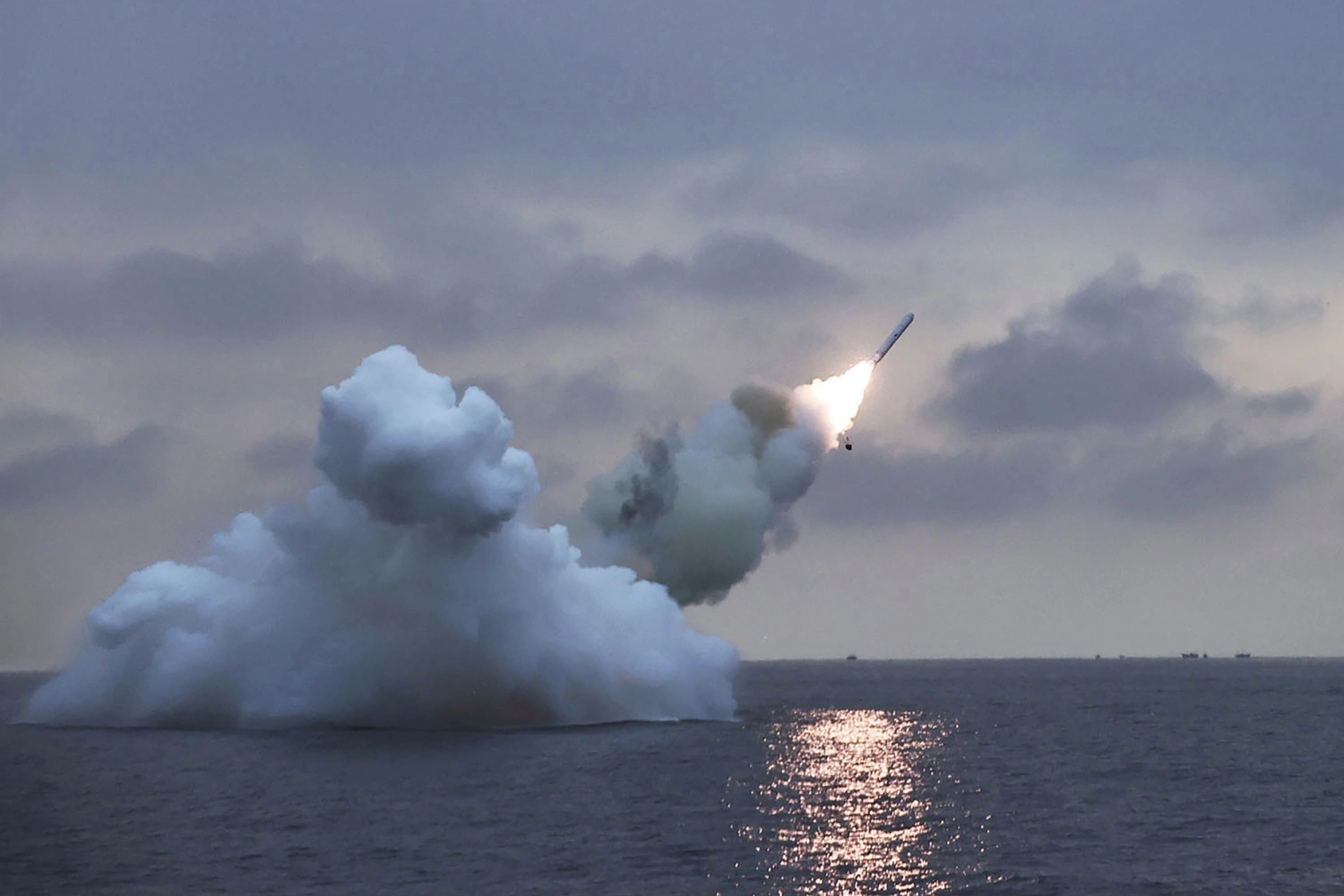



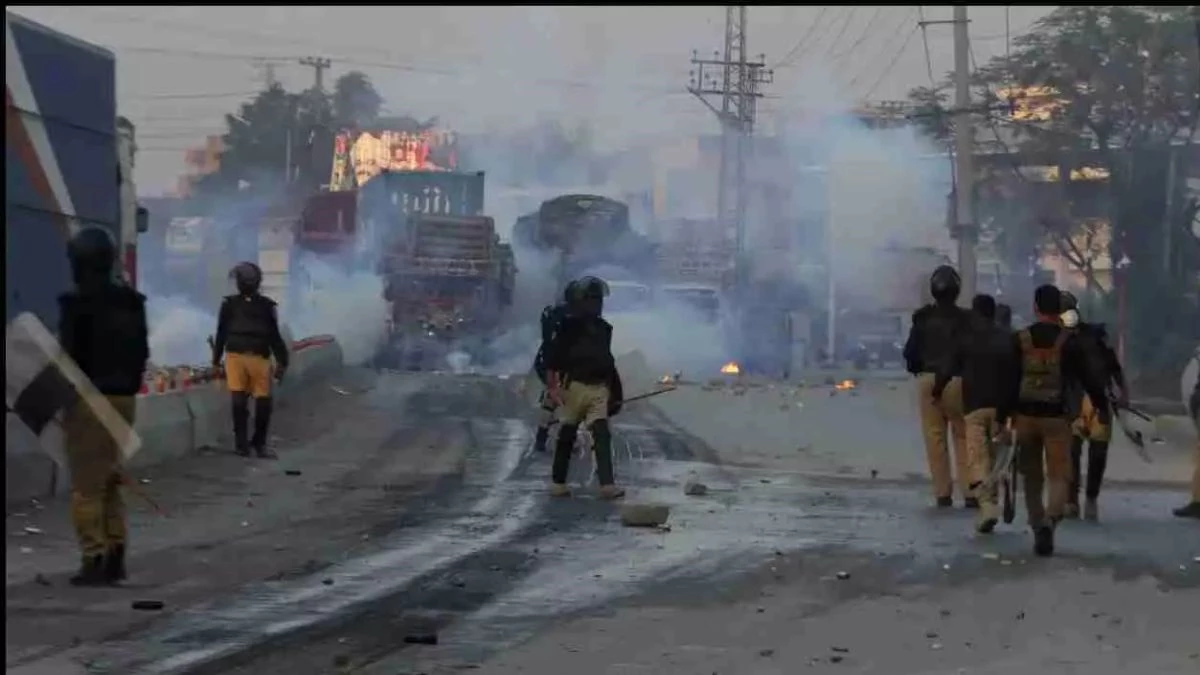




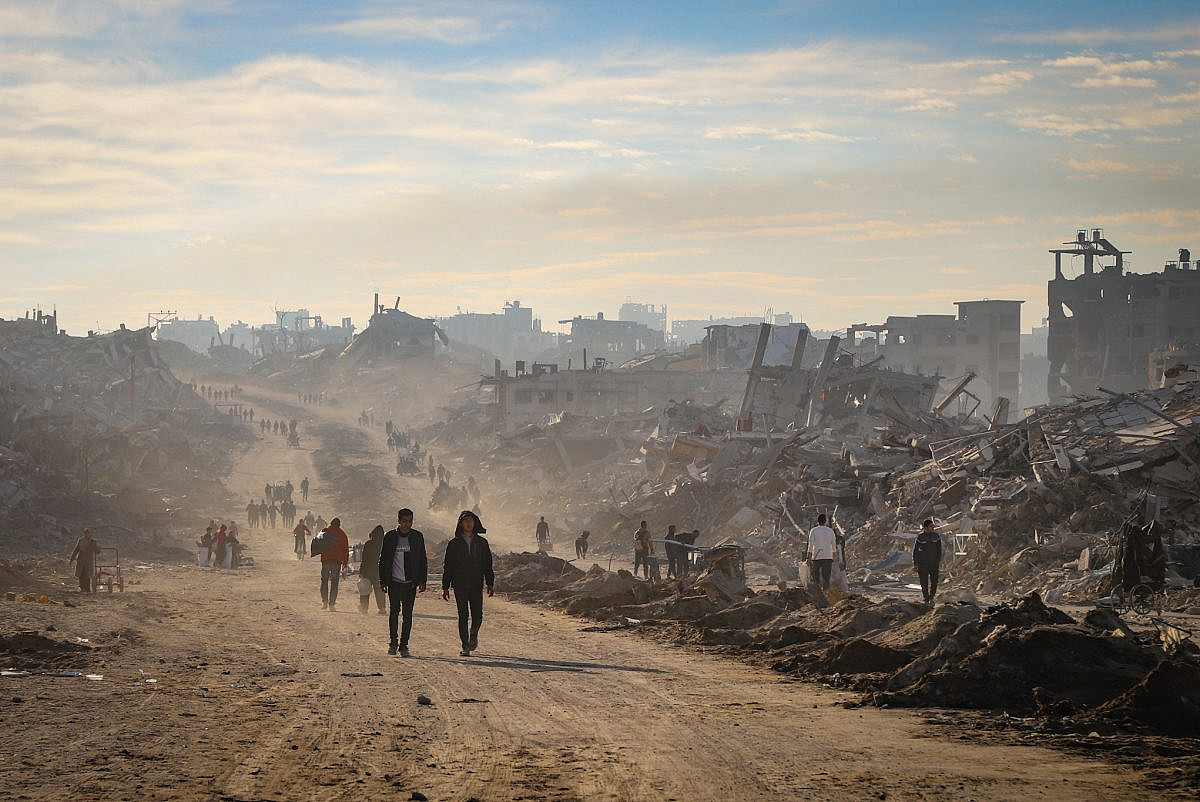
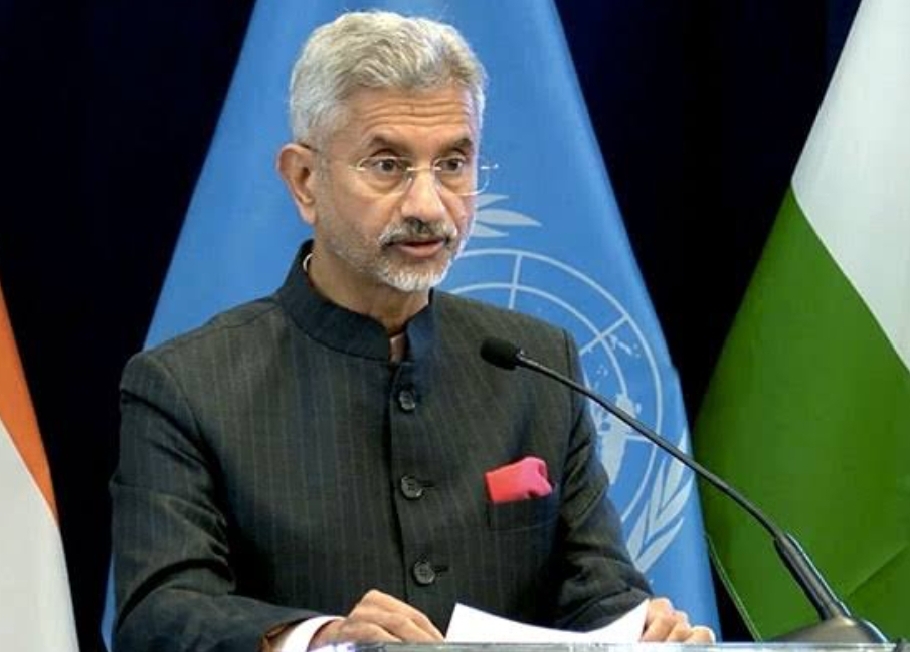




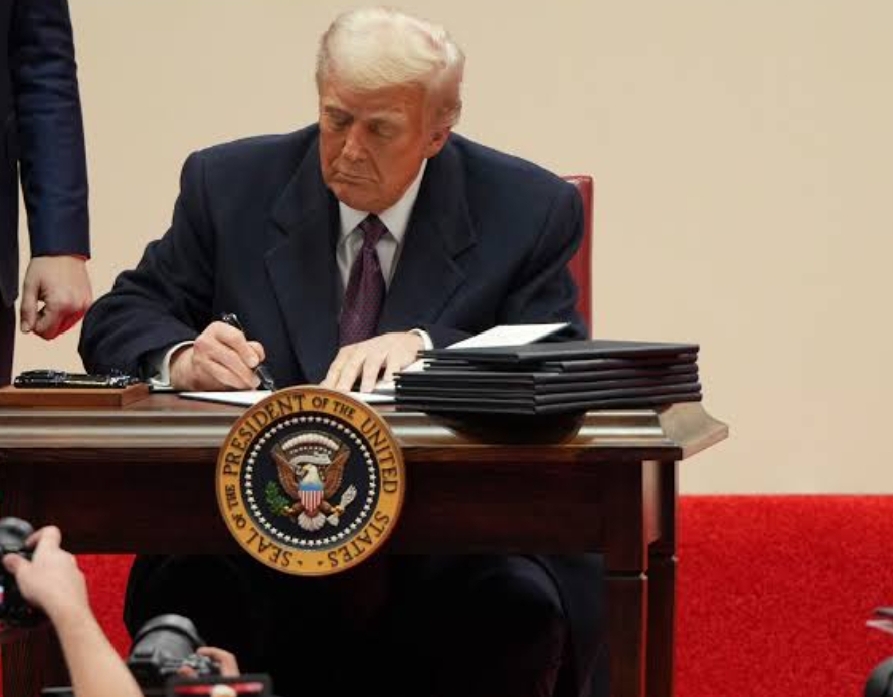

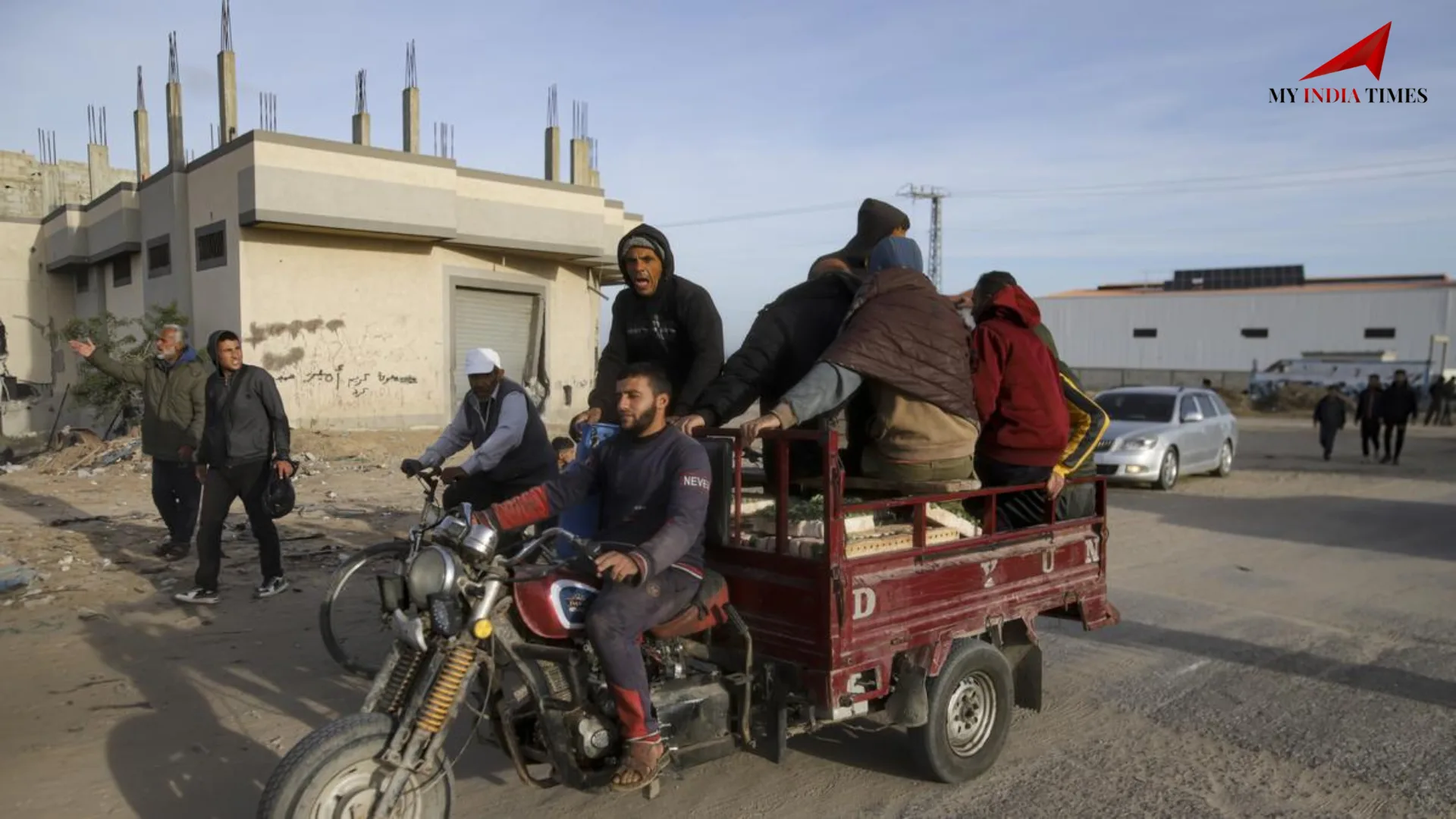


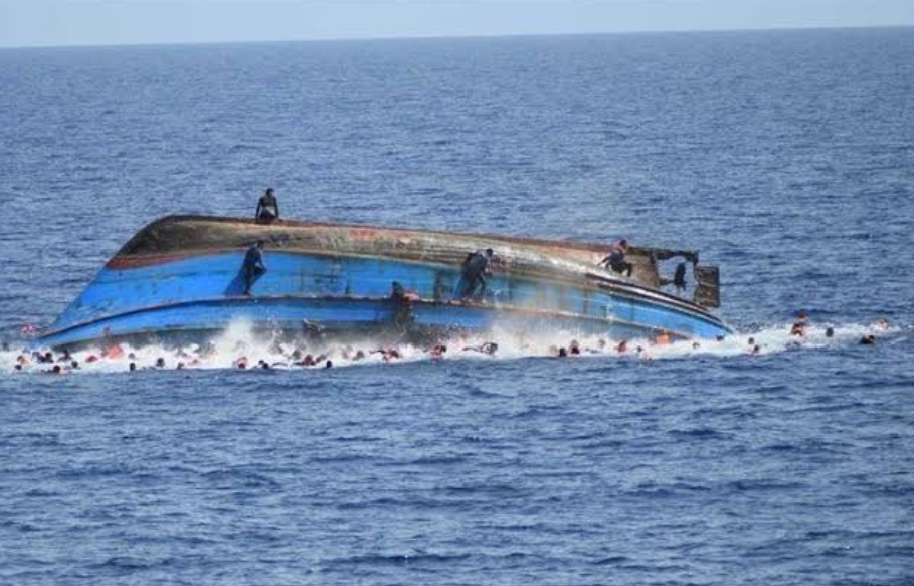
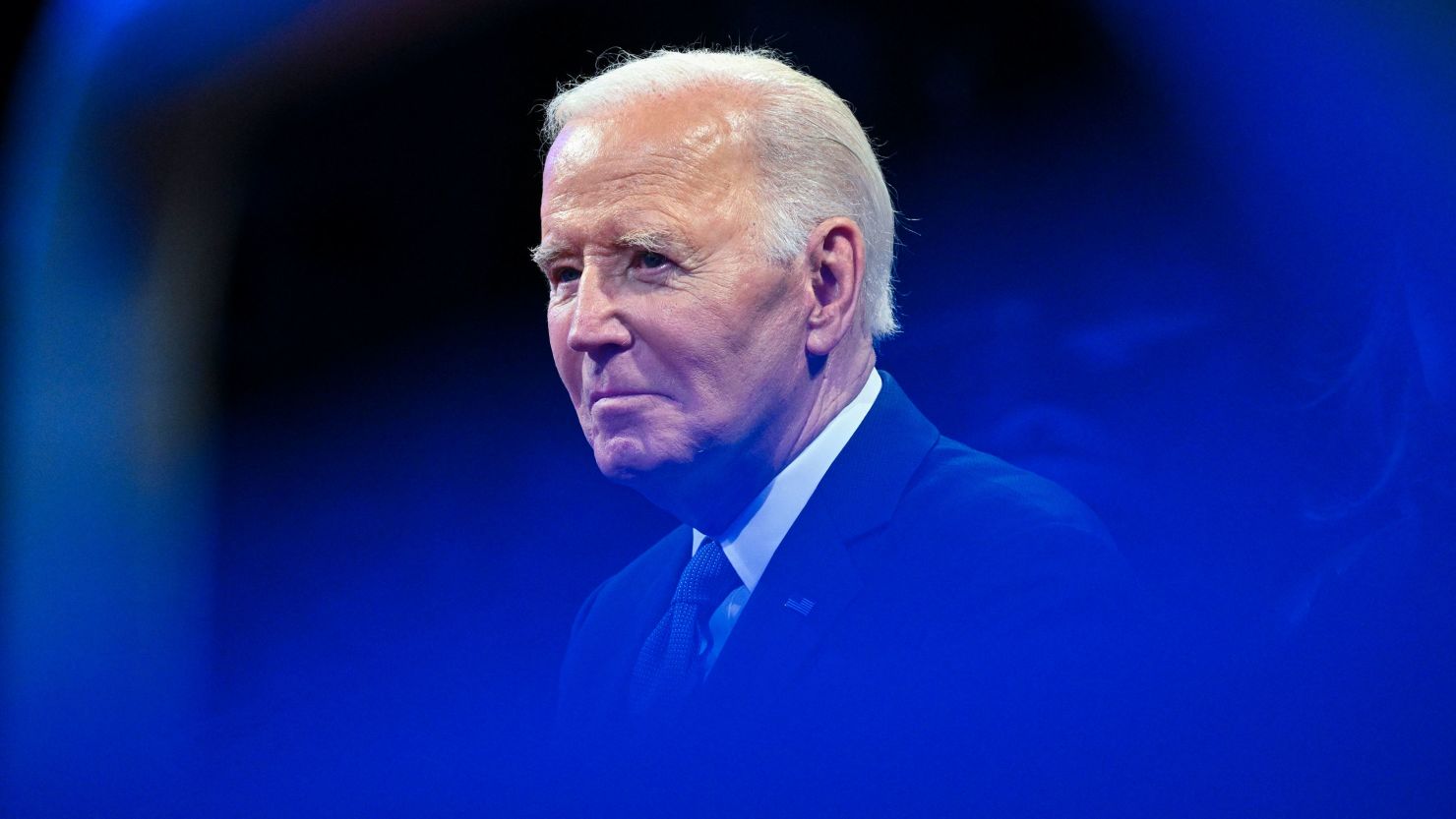
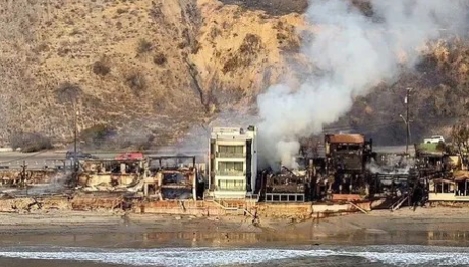



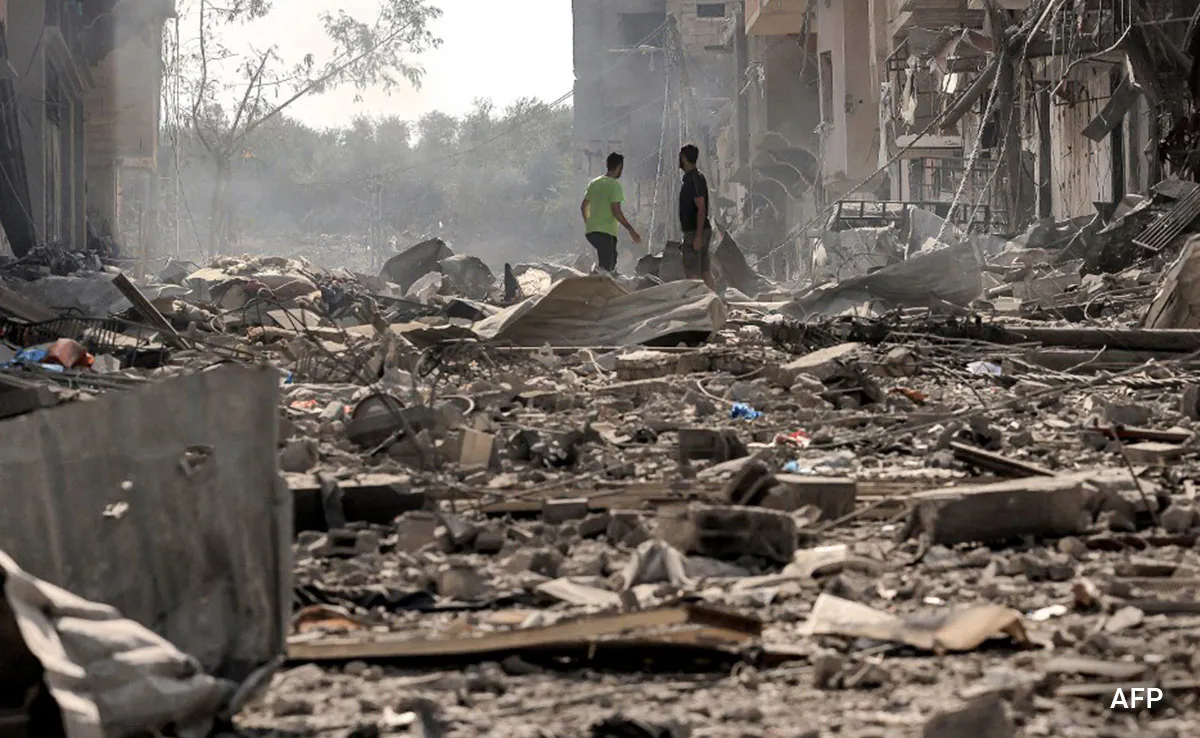



















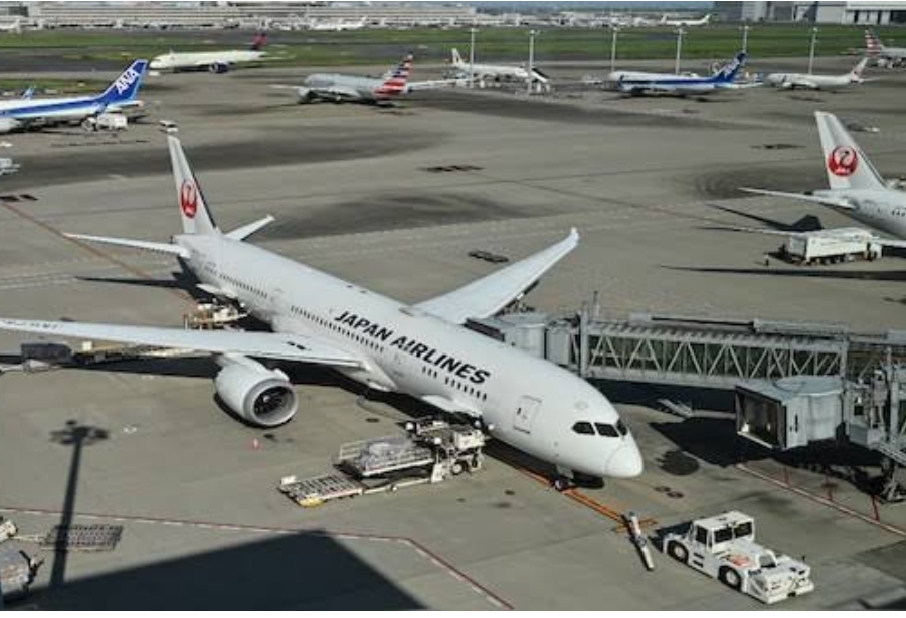
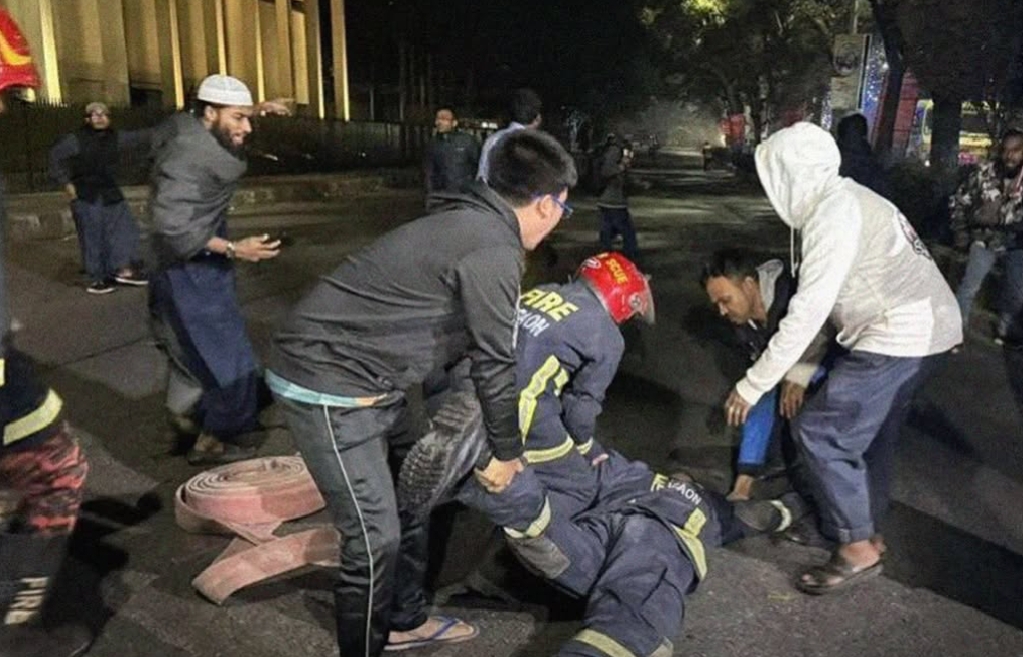




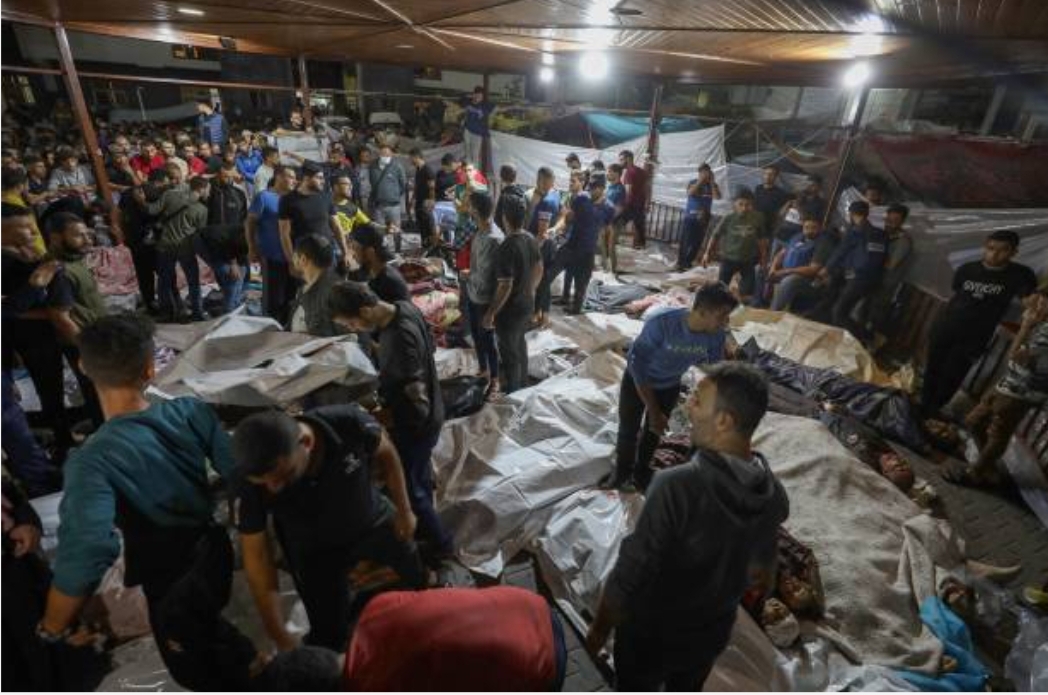












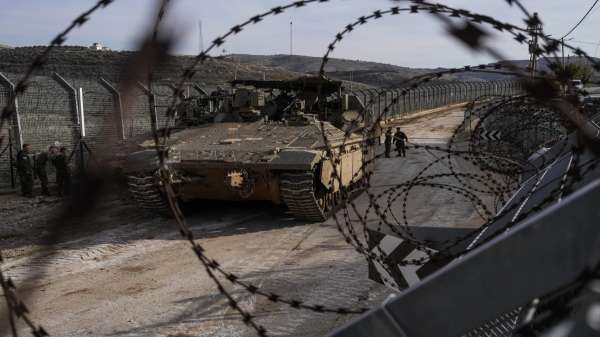
.png)


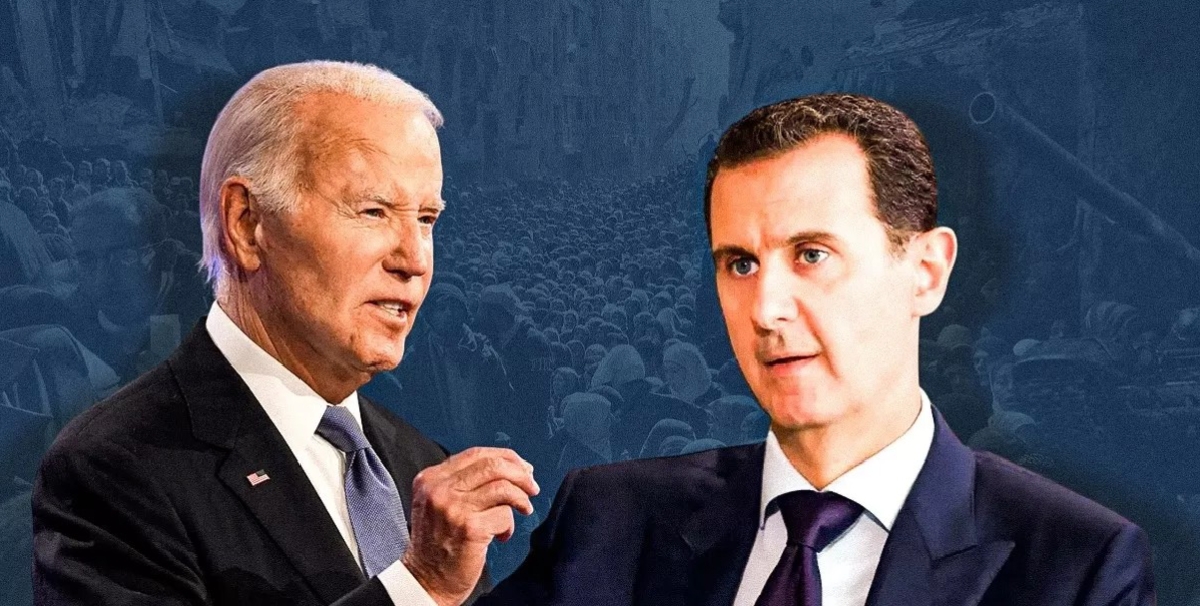








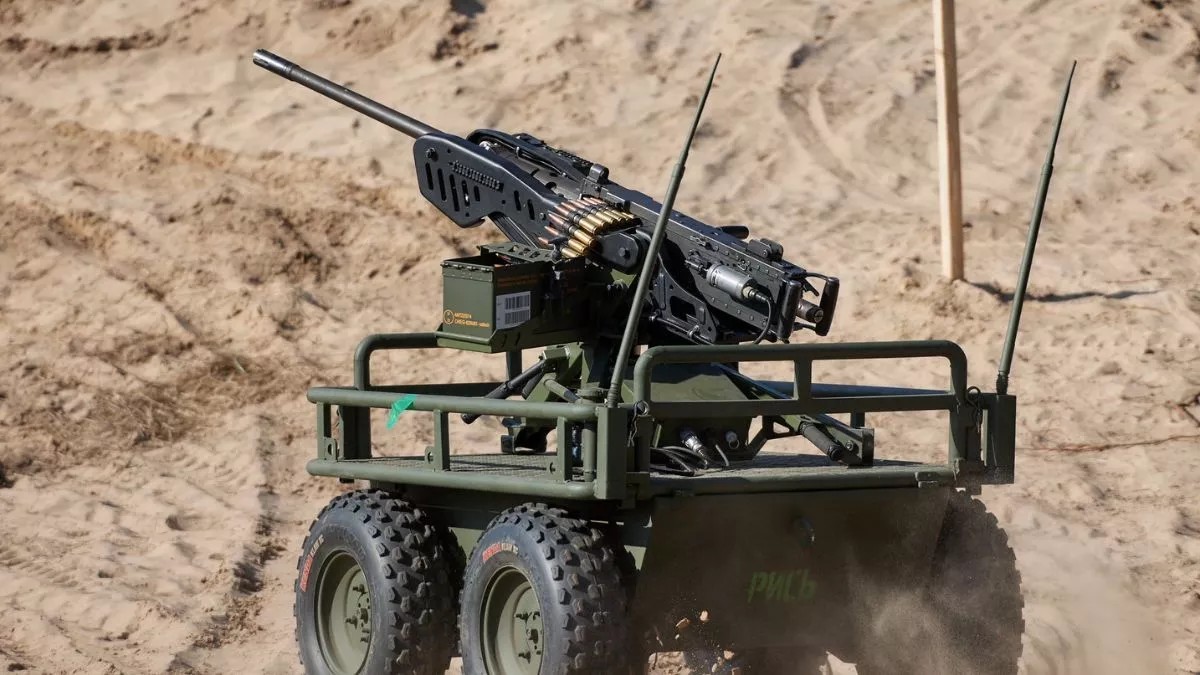






.png)

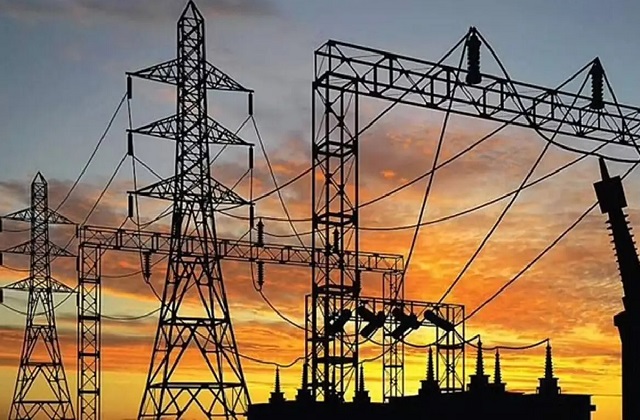

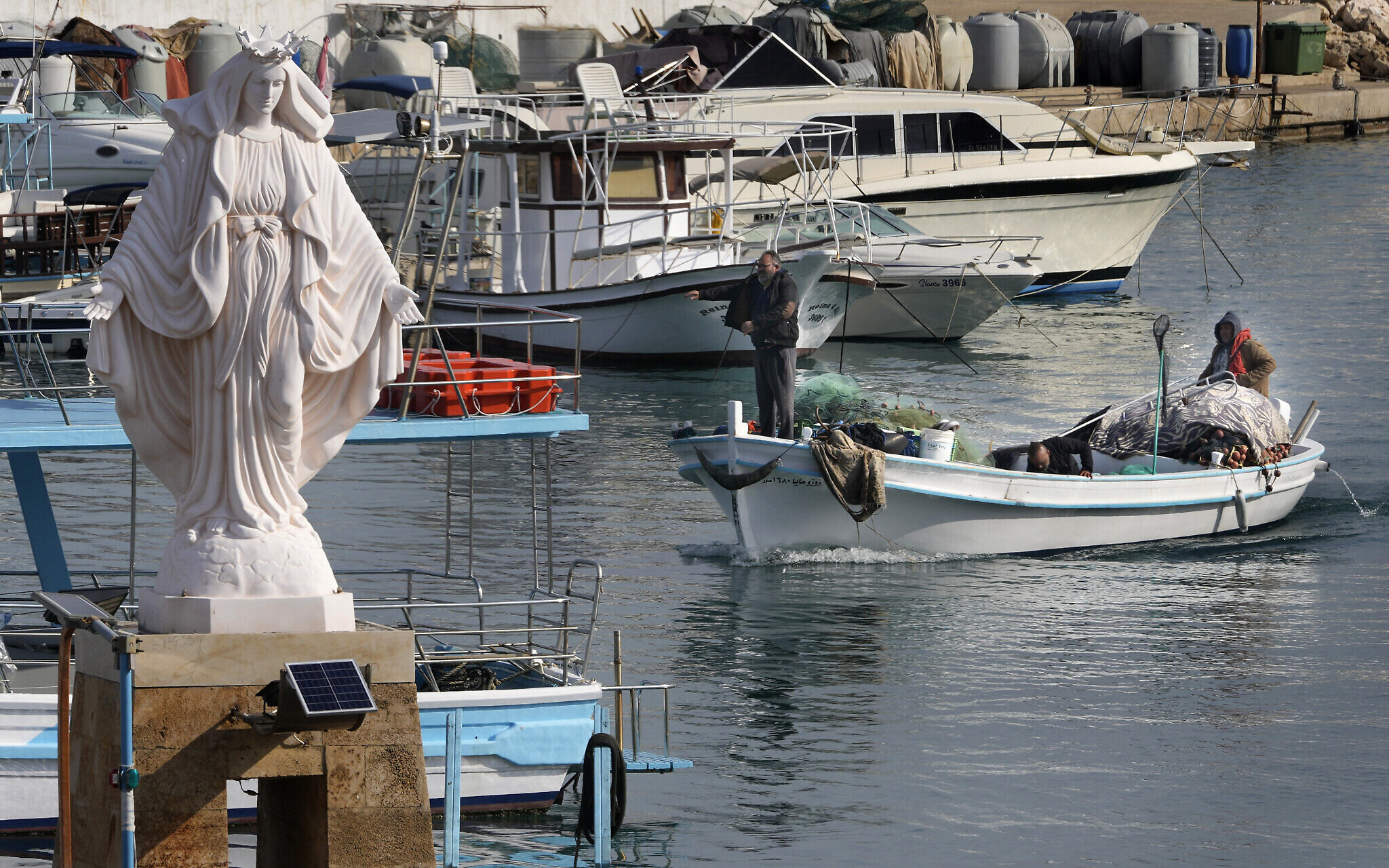



.jfif)


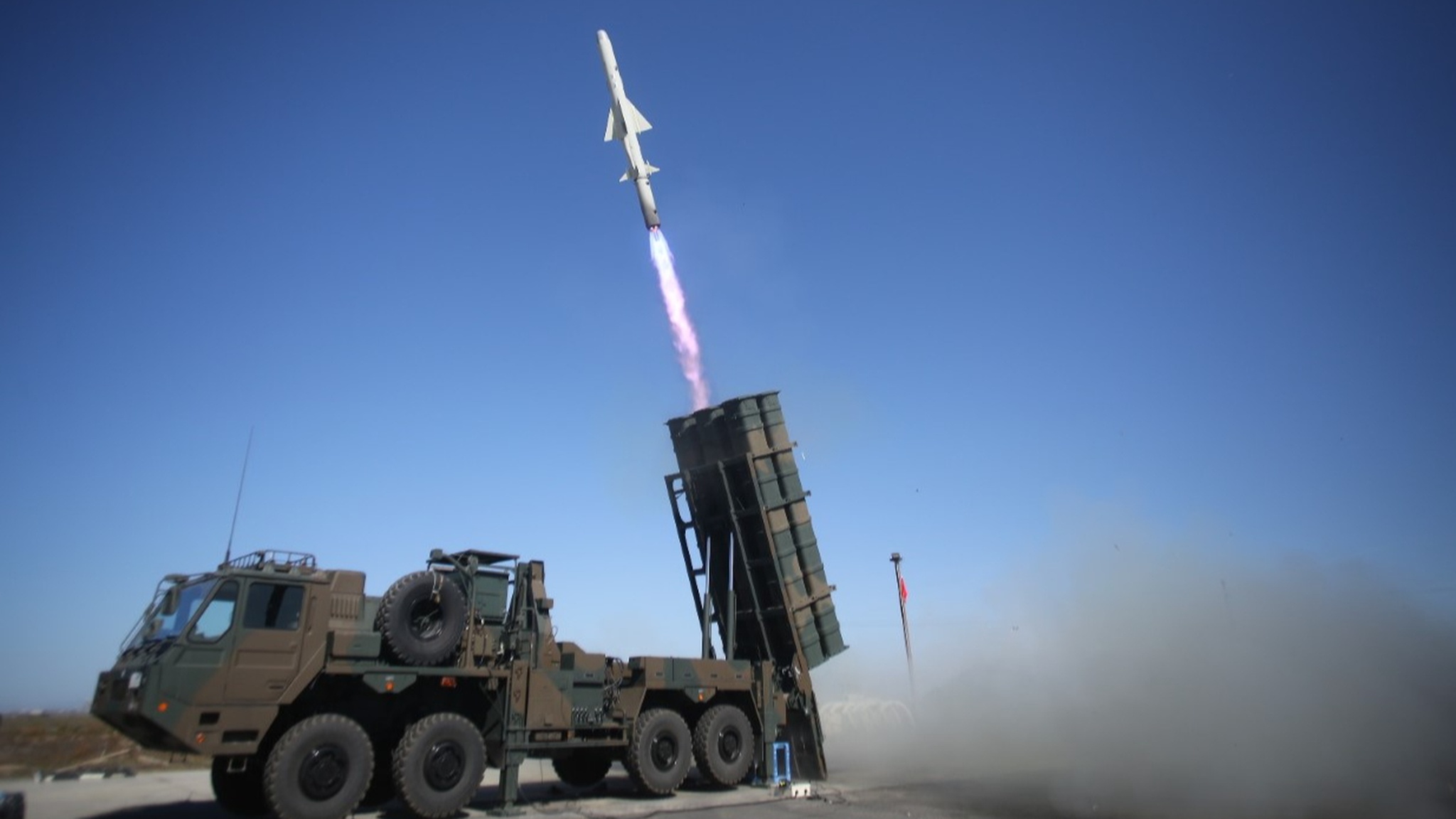











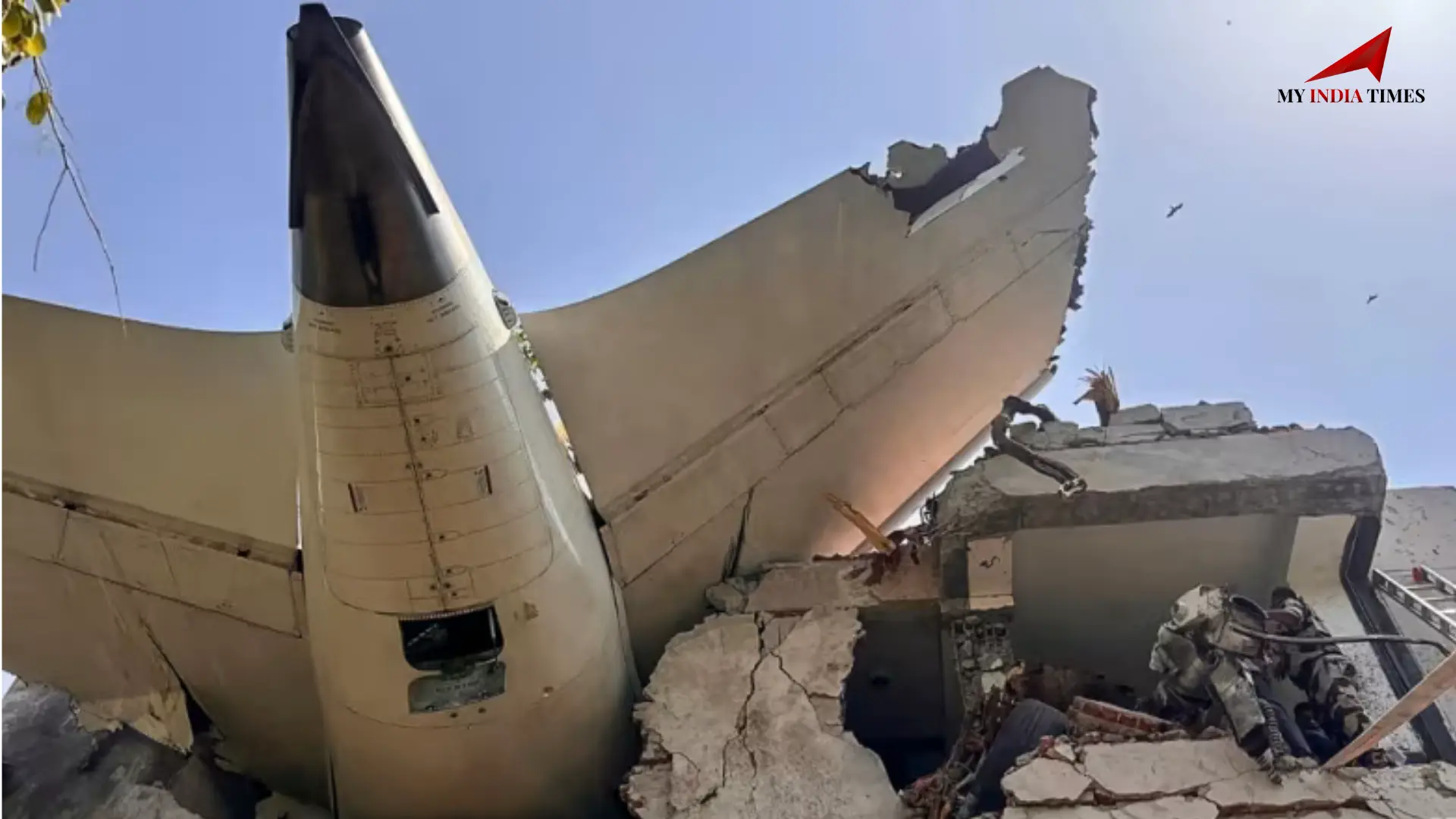
























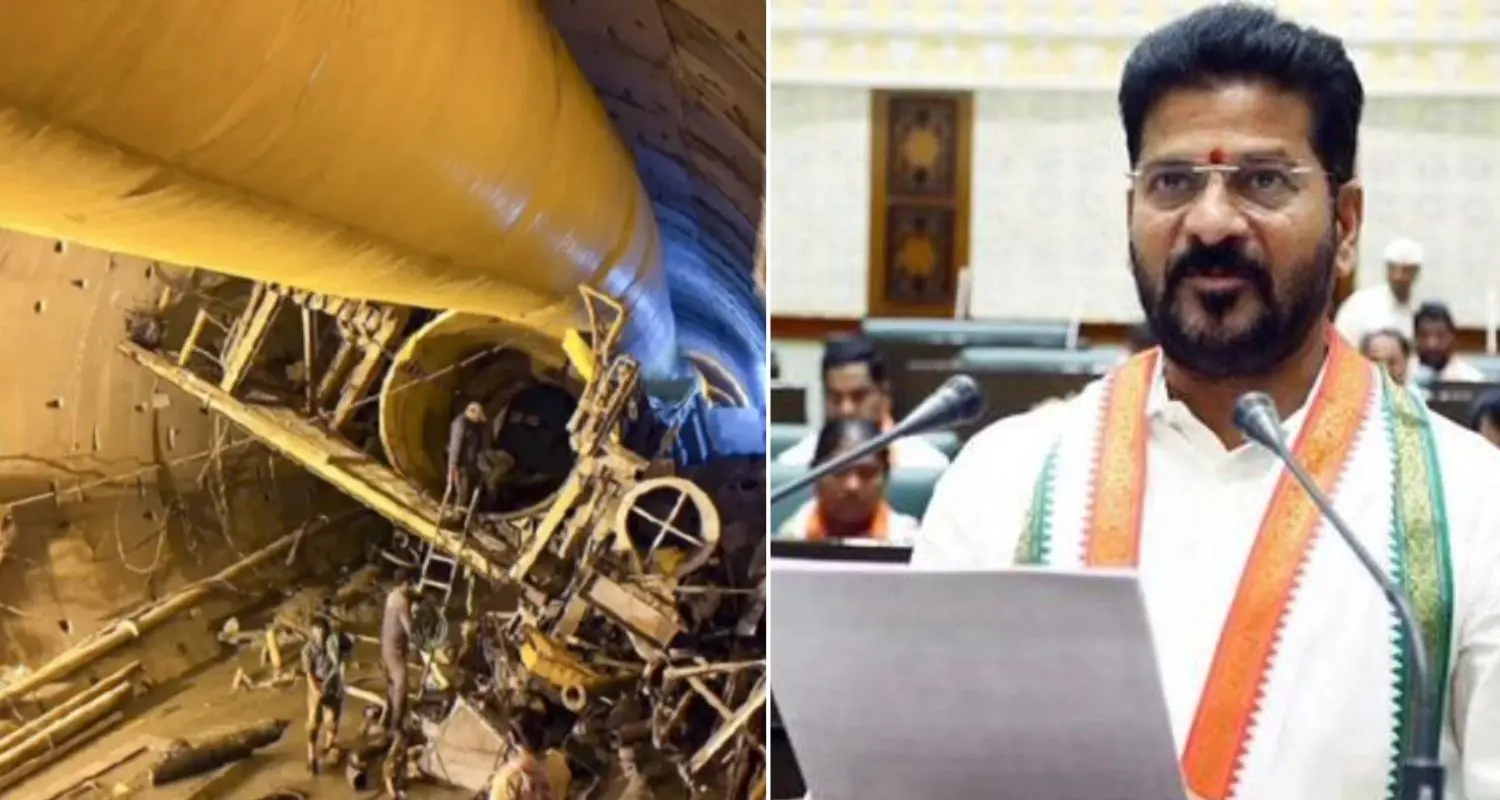







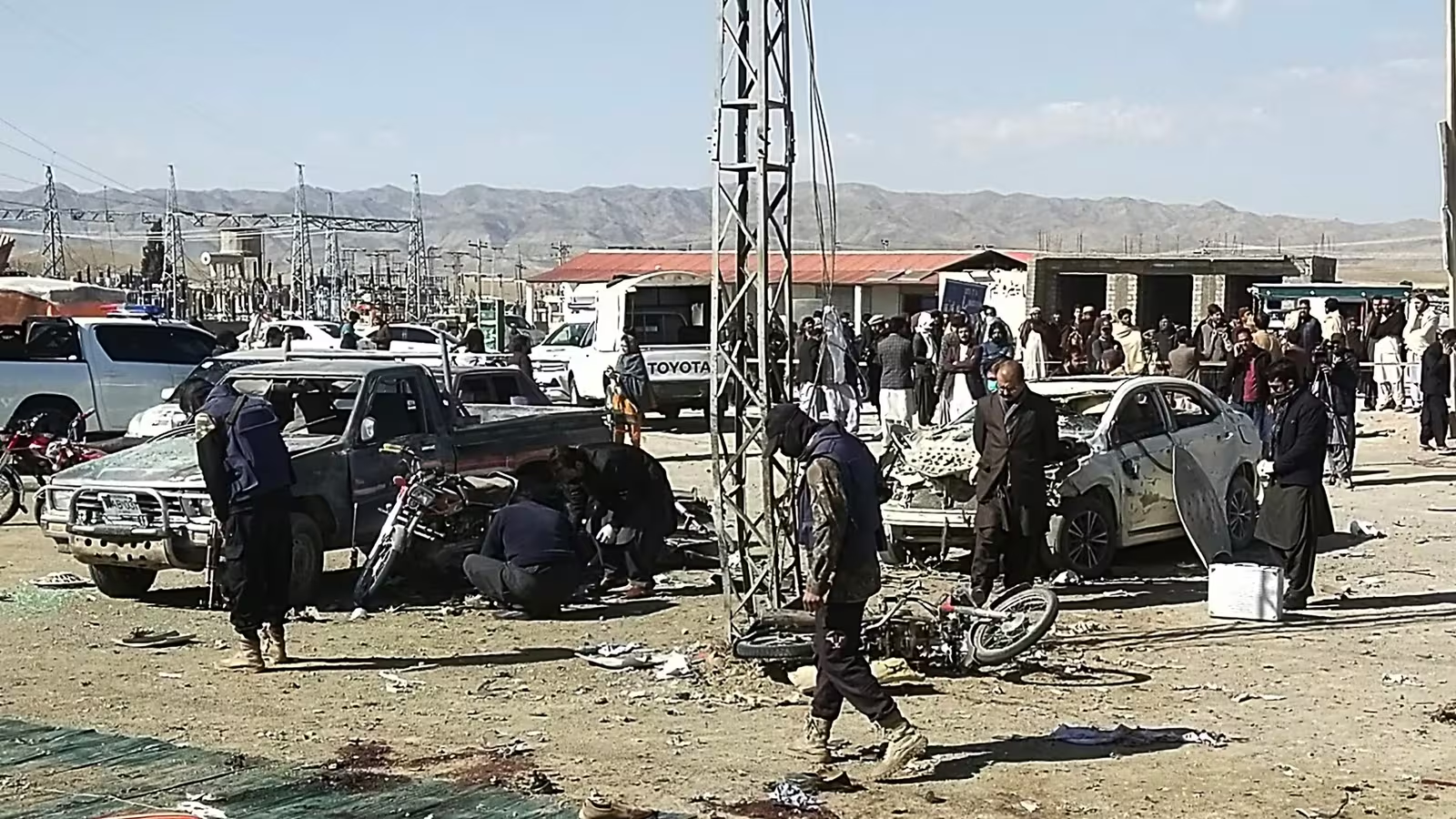



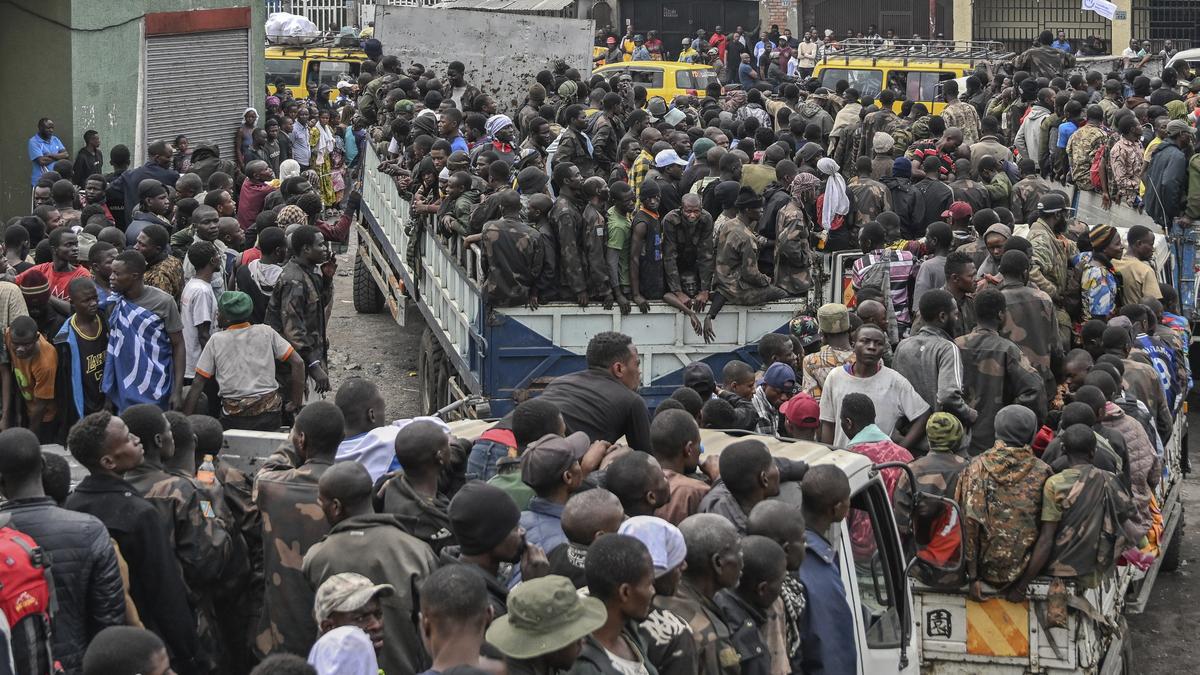
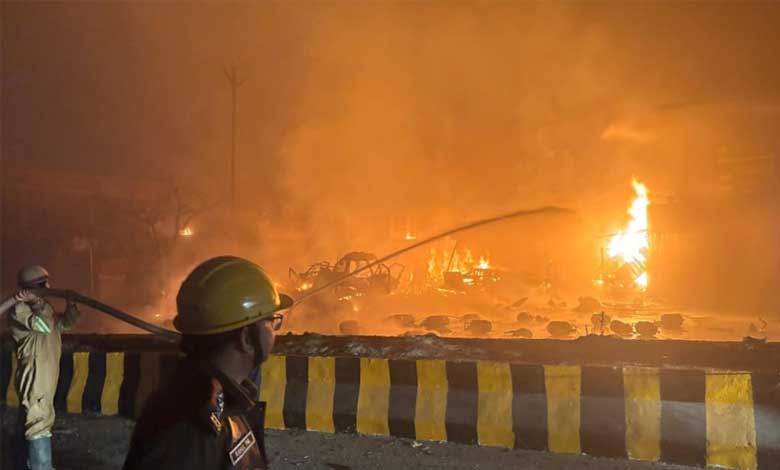













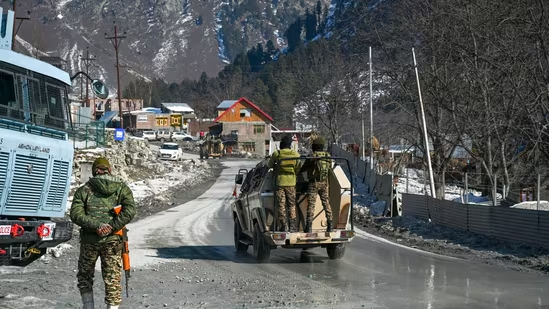


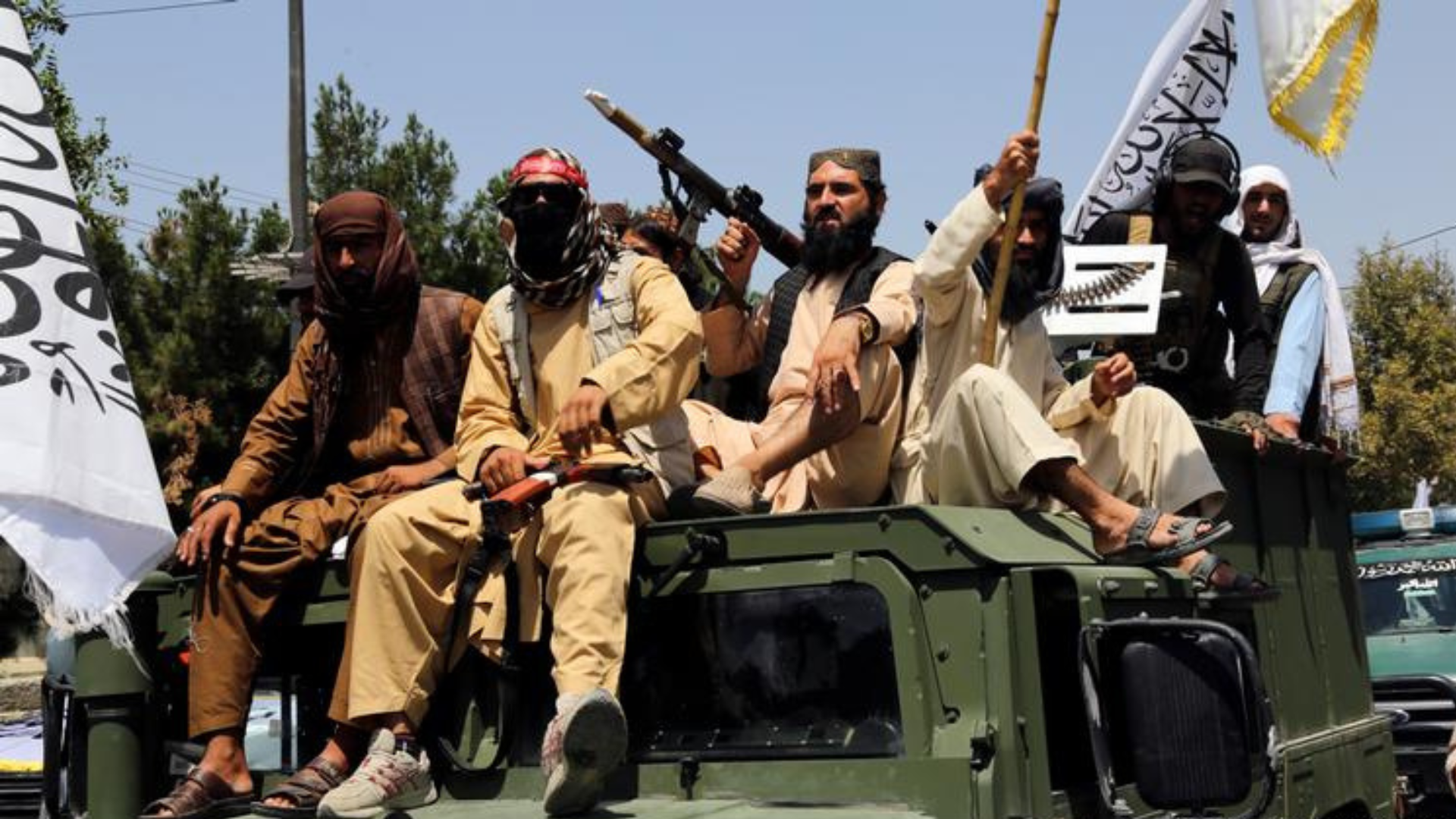
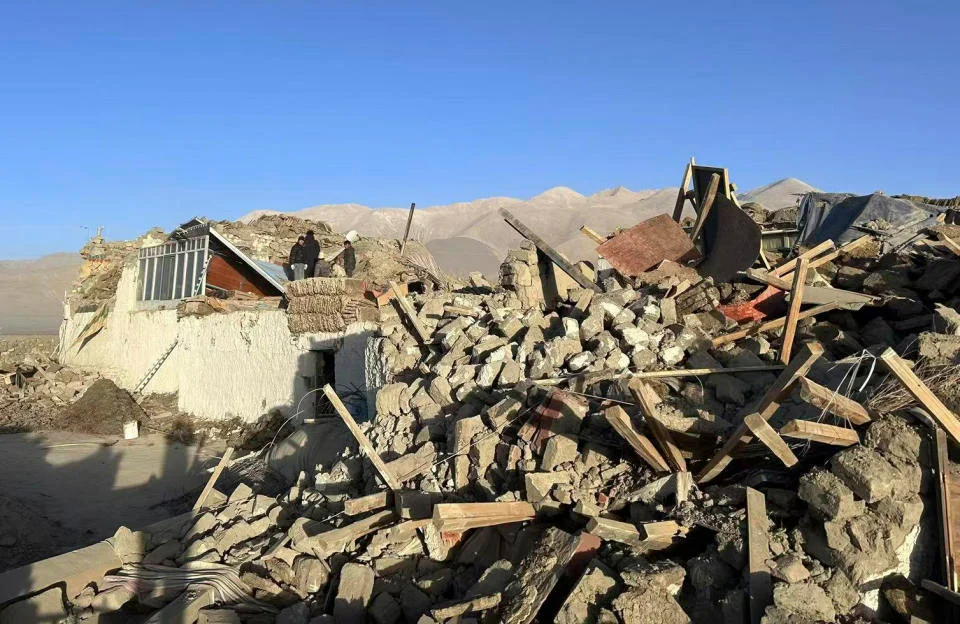

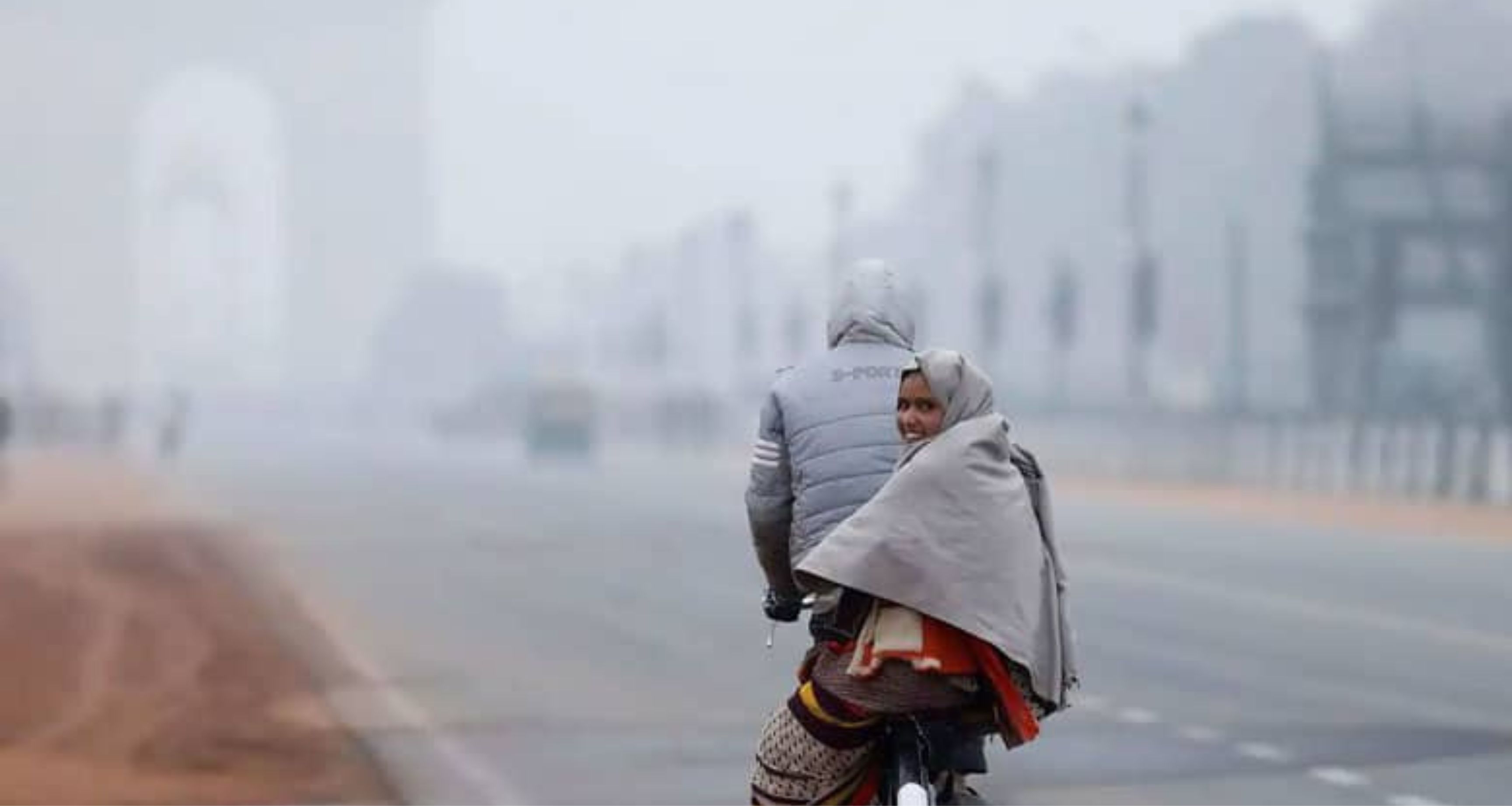

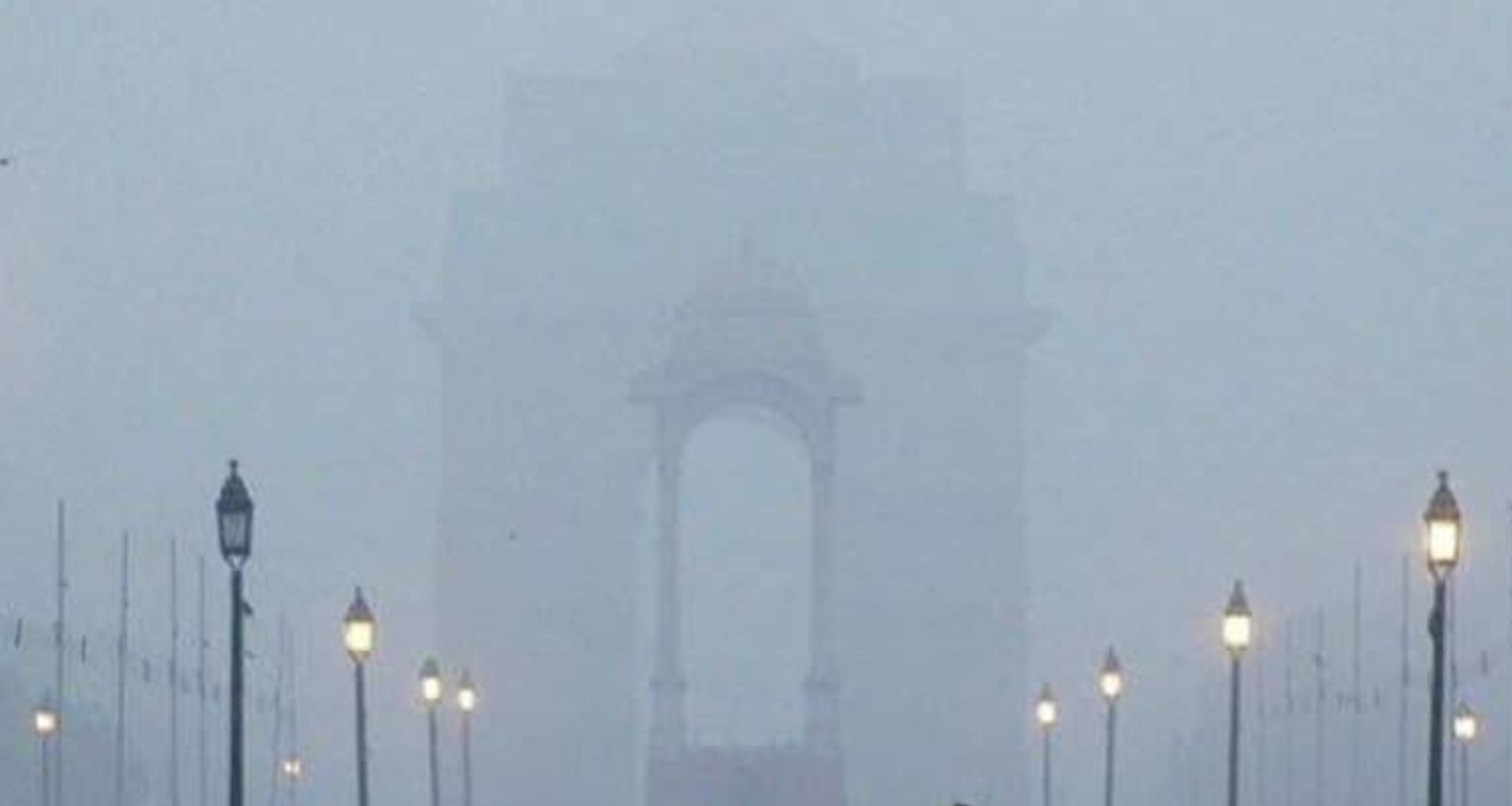

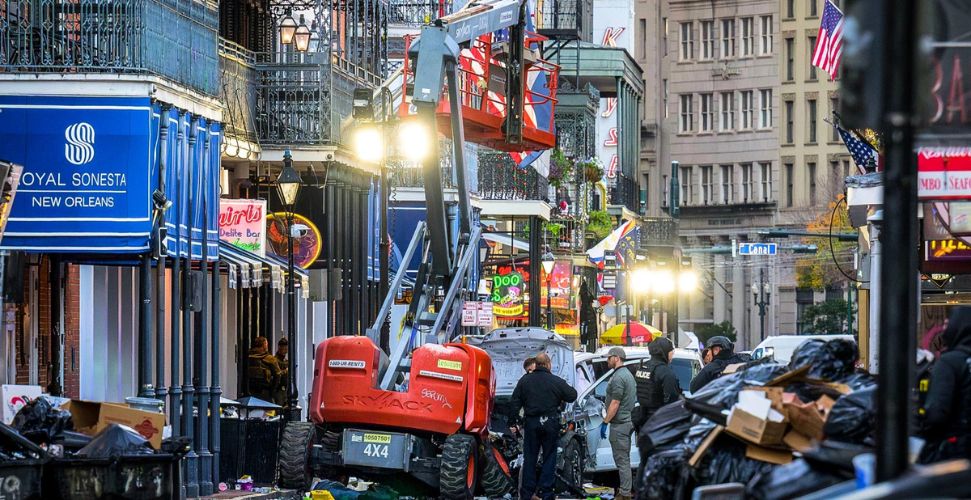


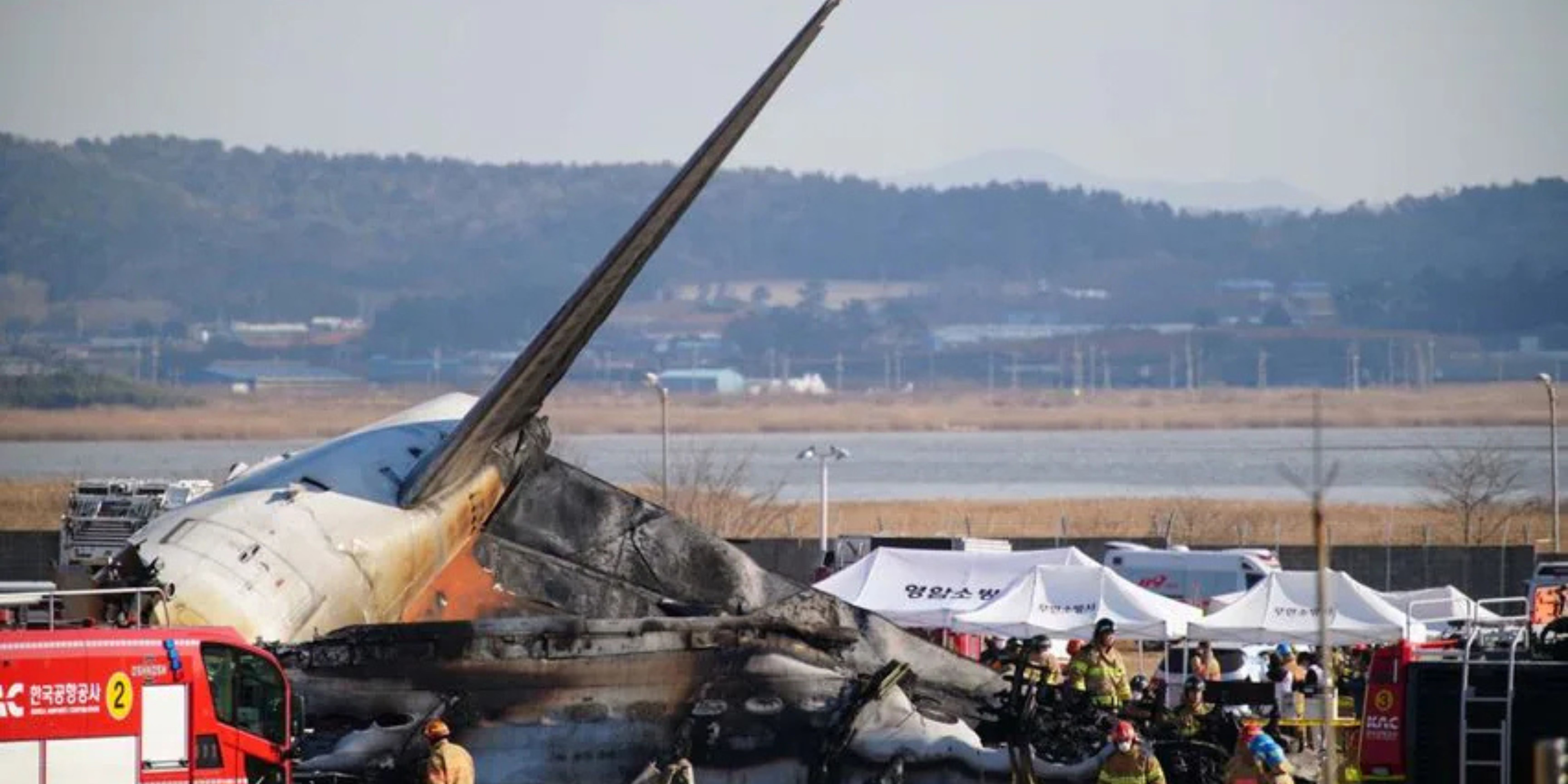













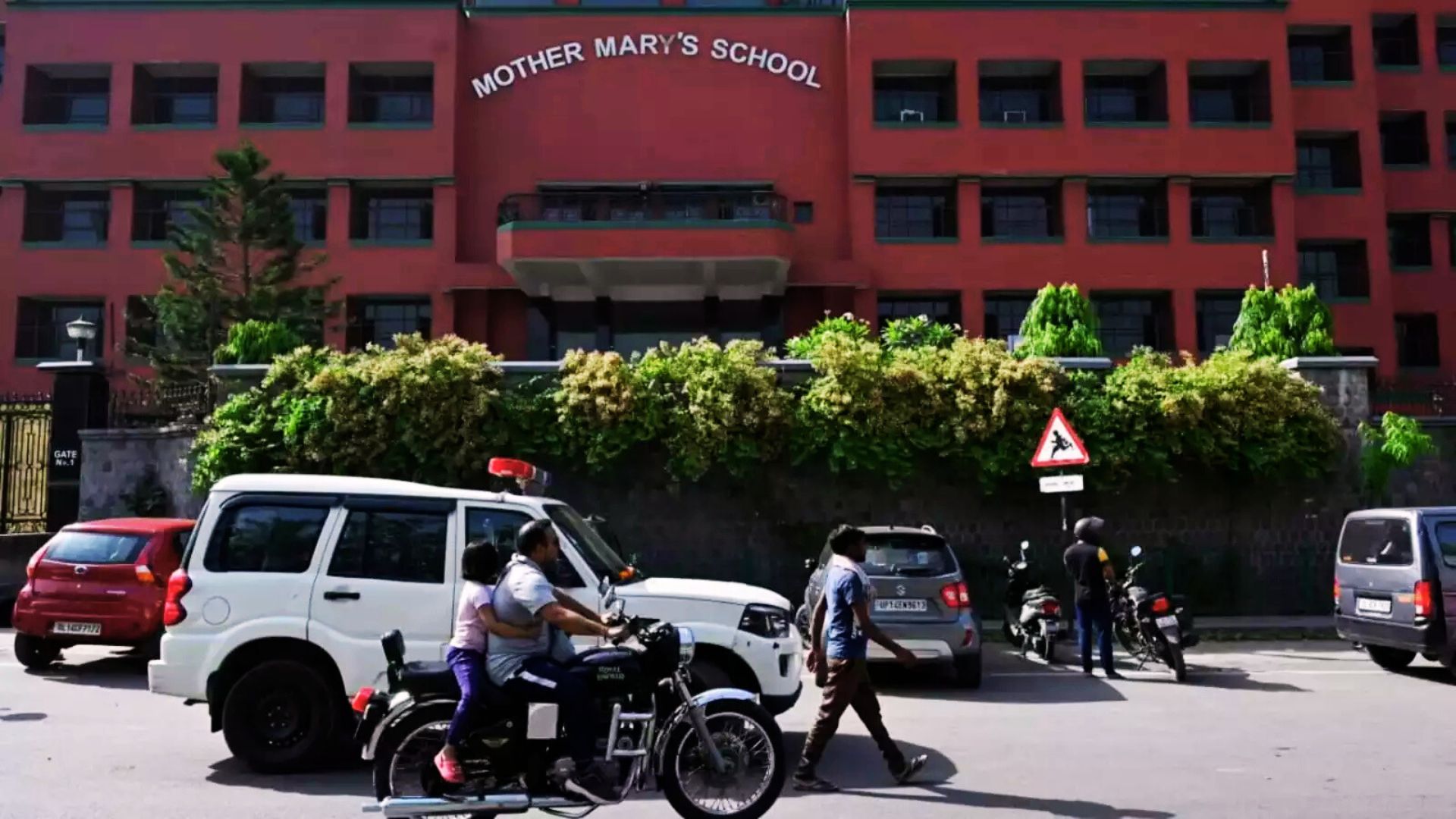
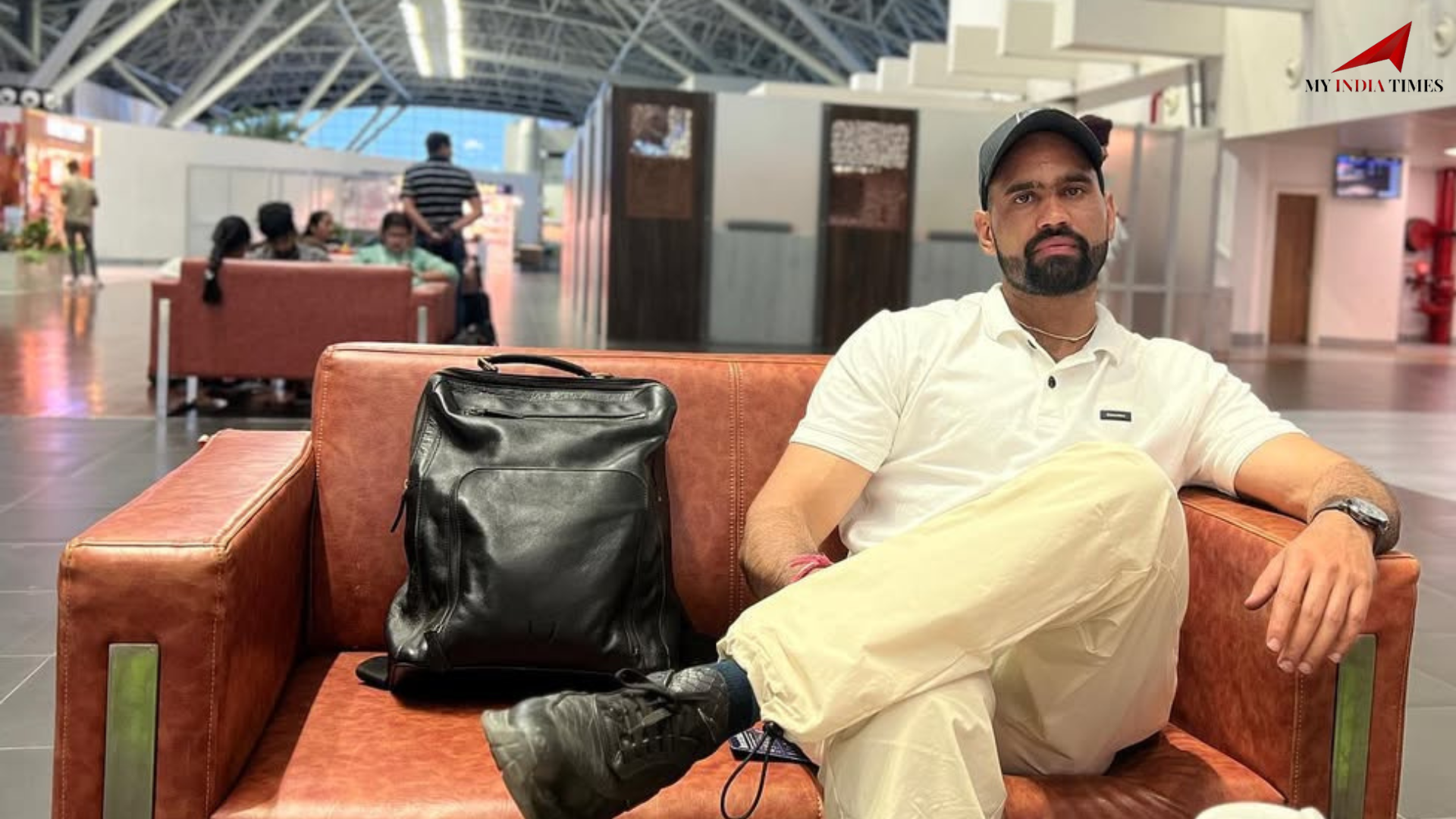
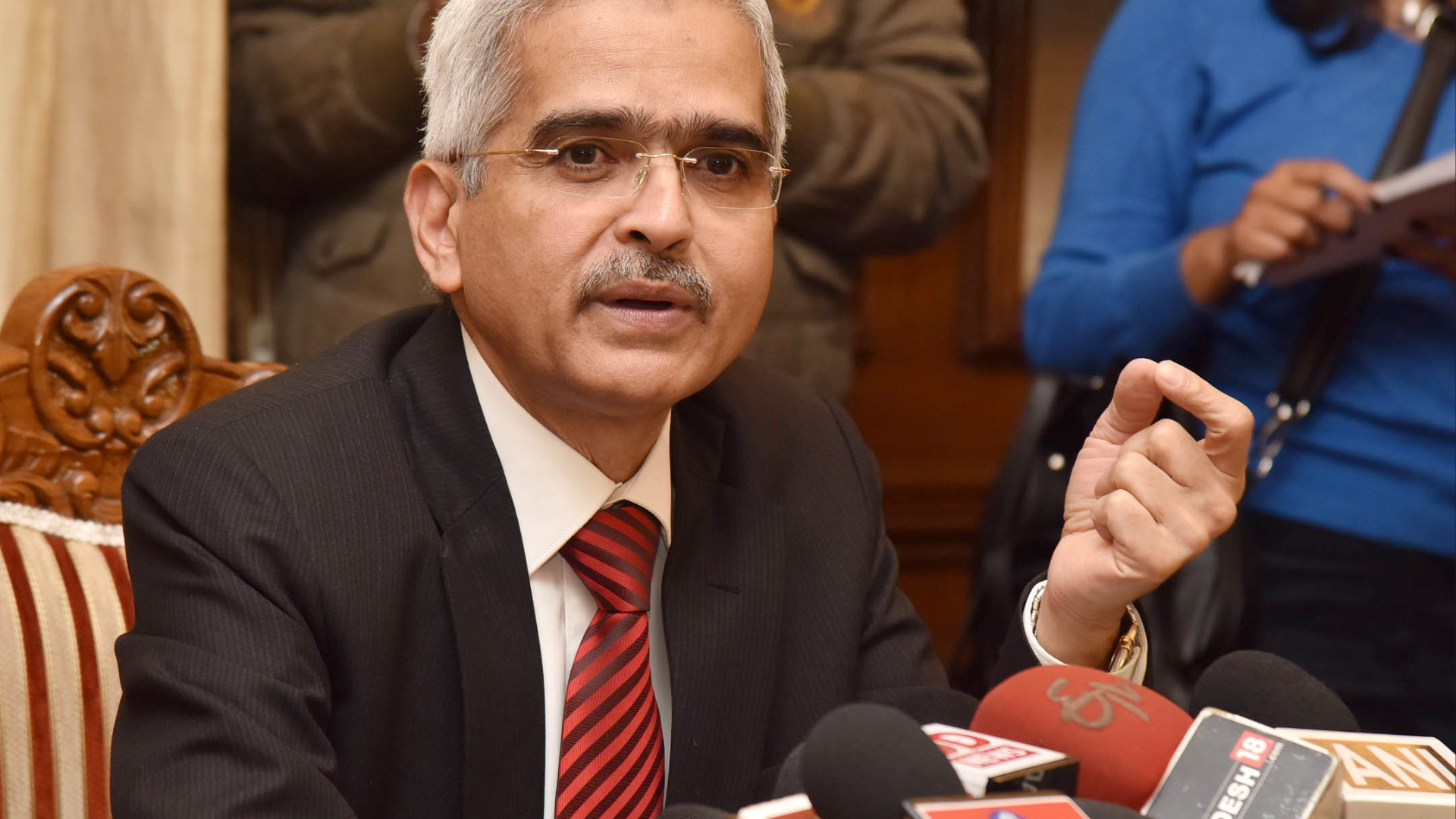


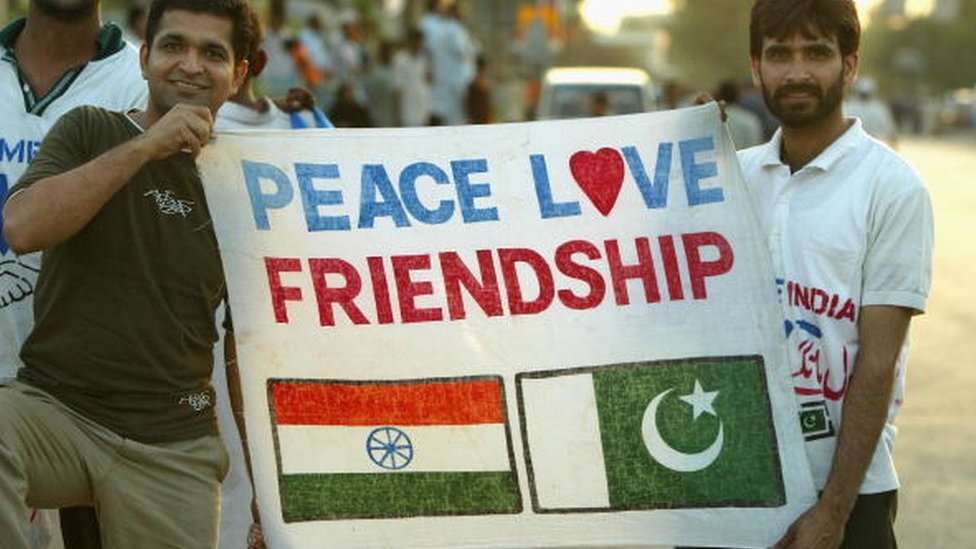
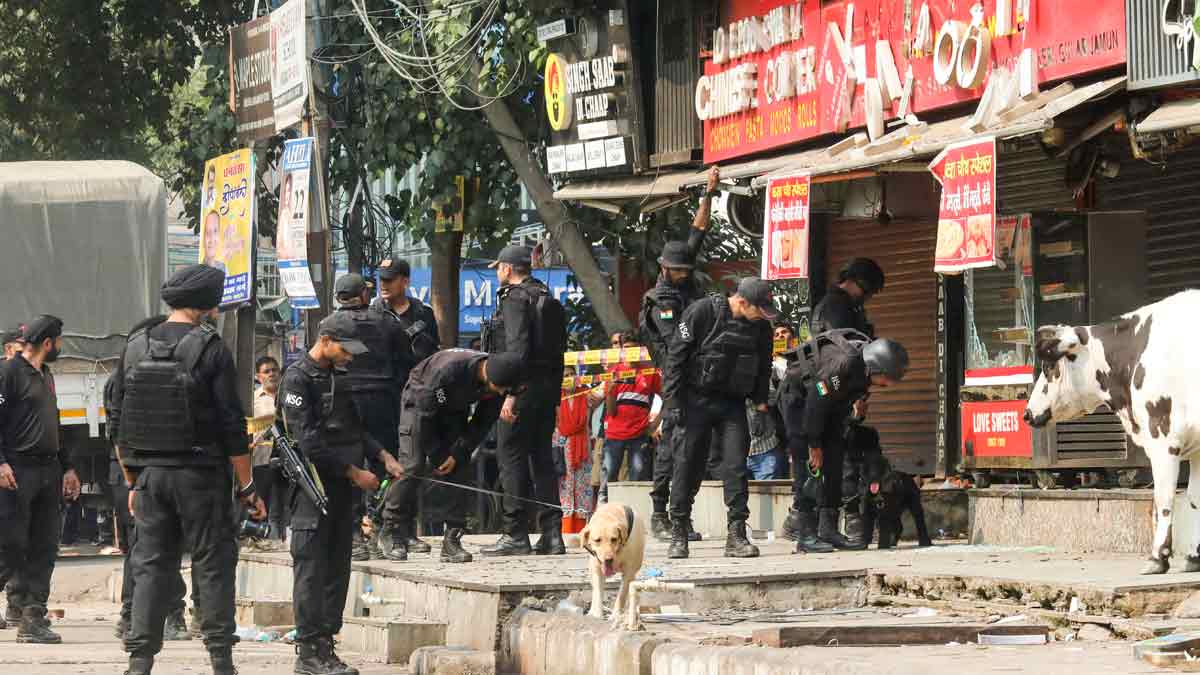



.png)
 (1).png)





